Puerto Rico is one of the easiest Caribbean trips to plan — but the details matter (especially if you’re trying to visit Vieques or Culebra).
This hub collects our most useful Puerto Rico guides: ferry routes, island comparisons, itineraries, and practical tips.
Most Popular Guides
- San Juan to Culebra Ferry (Step-by-step)
- San Juan to Vieques Ferry (Step-by-step)
- Culebra vs Vieques (Which island fits your trip?)
- Puerto Rico Itinerary: 5 Days vs 7 Days
- Best Time to Visit Puerto Rico (Month-by-month)
Vieques & Culebra (Island Hopping)
If you’re going to Vieques or Culebra, read these first:
- How the Ceiba ferry works (tickets, arrival time, what to expect)
- What to pack for ferry days (sun + water + motion sickness tips)
Where to Stay (Quick Picks)
Quick hotel search for this trip
See top-rated stays with free cancellation and great locations.
Check prices on Booking.com →
*Affiliate link
- Best areas in San Juan for first-timers
- Best stays in Vieques
- Best stays in Culebra
Plan Your Trip
- Hotels: compare prices + refundable options
- Tours: snorkel / day trips / biobay
- Travel insurance: for delays + cancellations
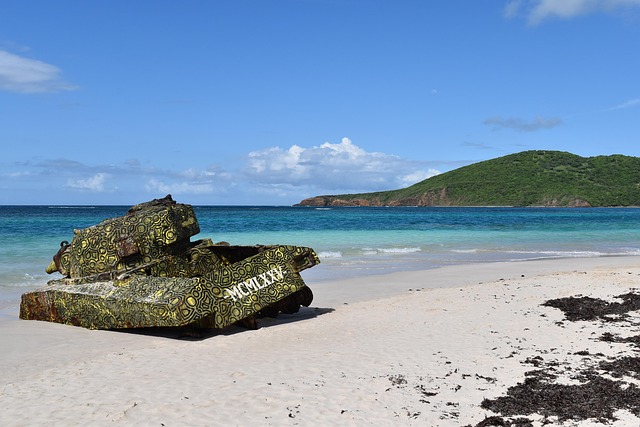
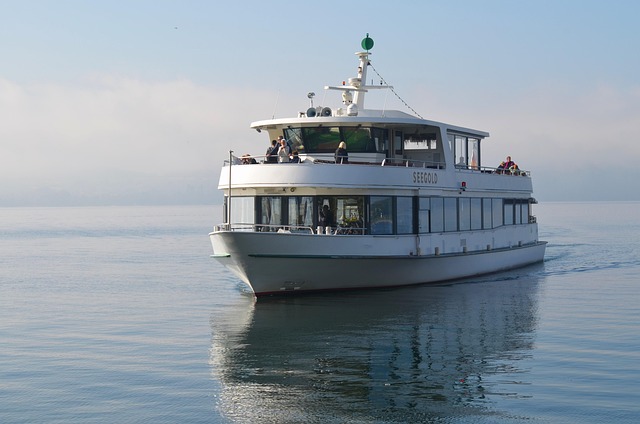
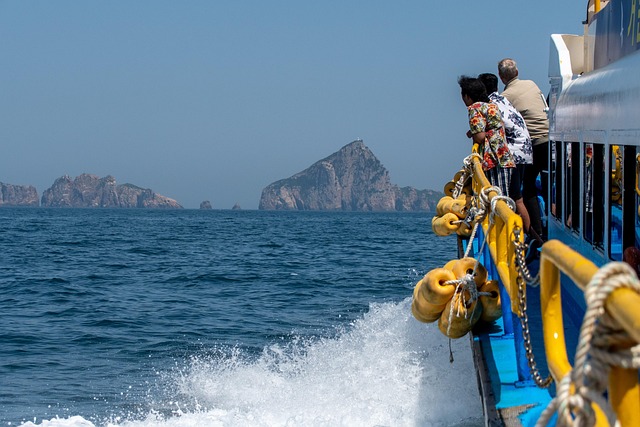
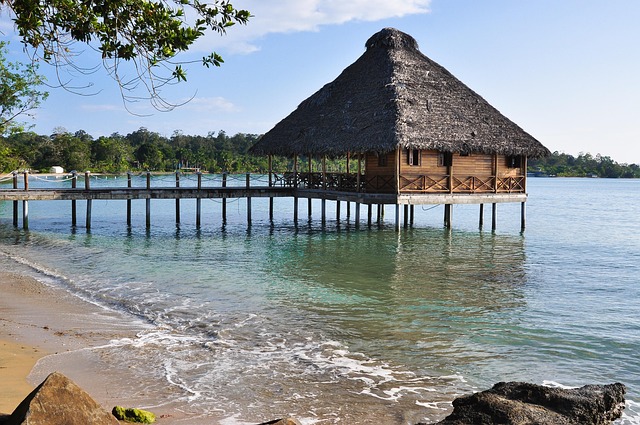
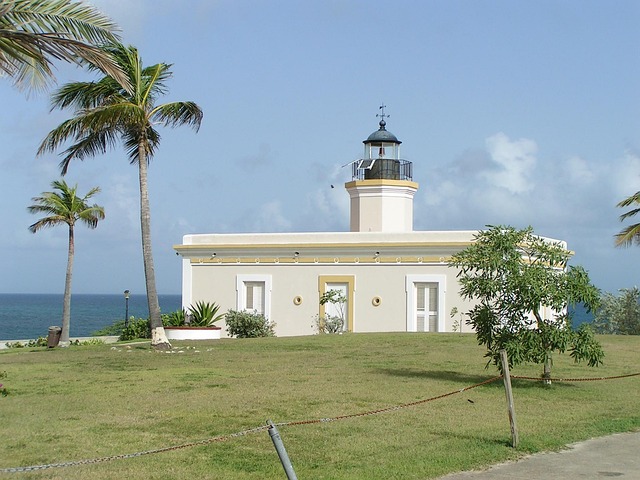
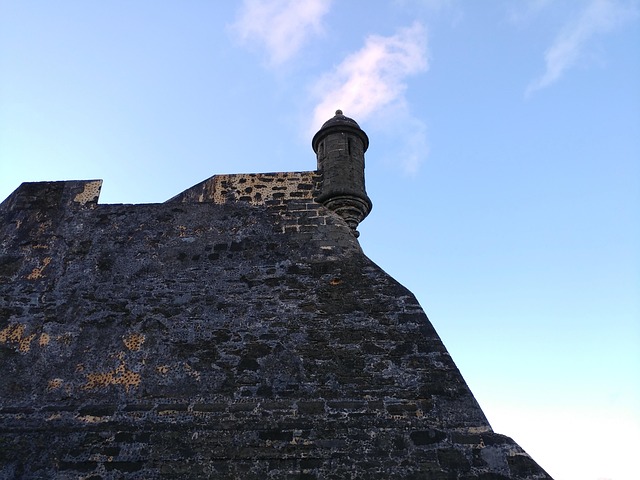

Leave a Reply